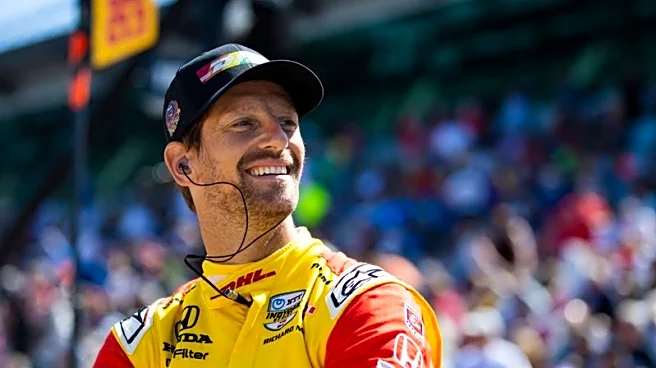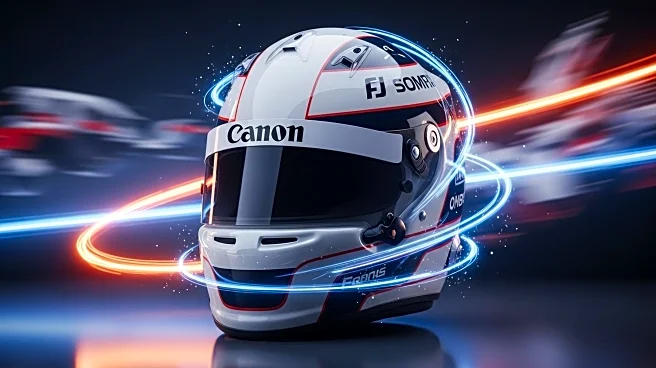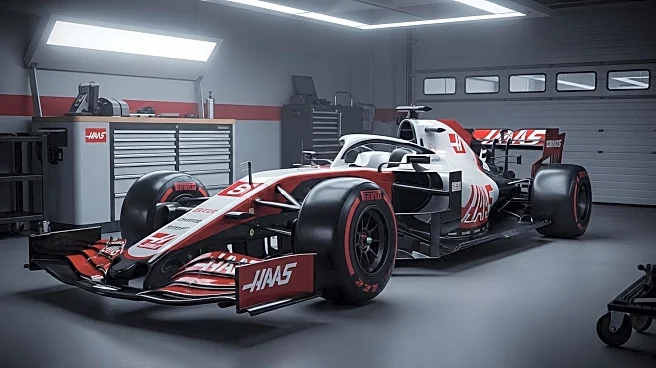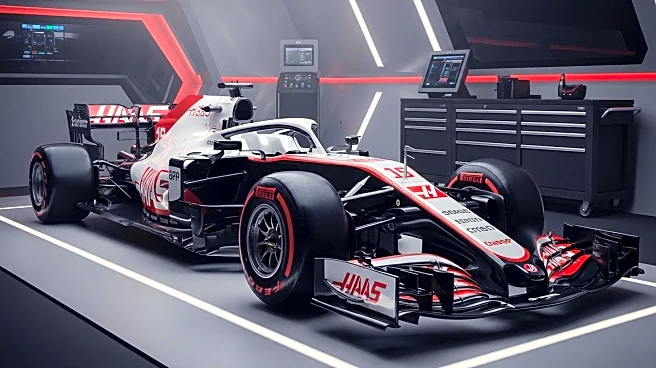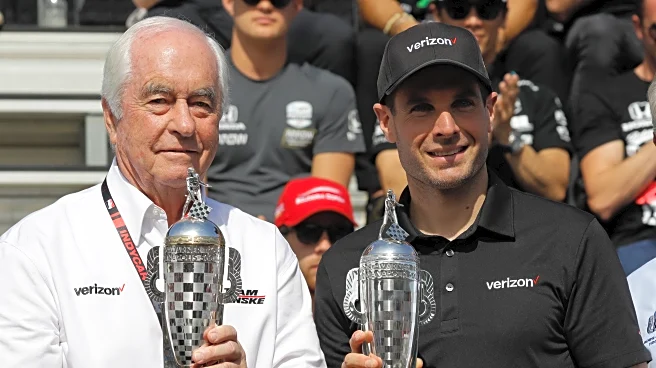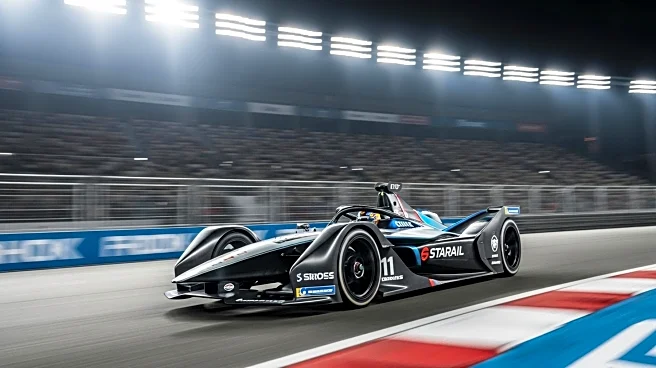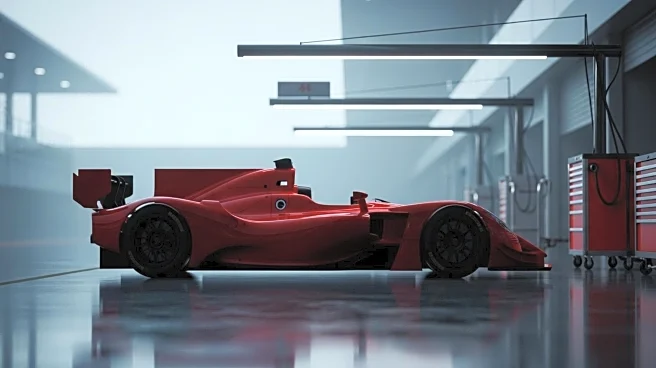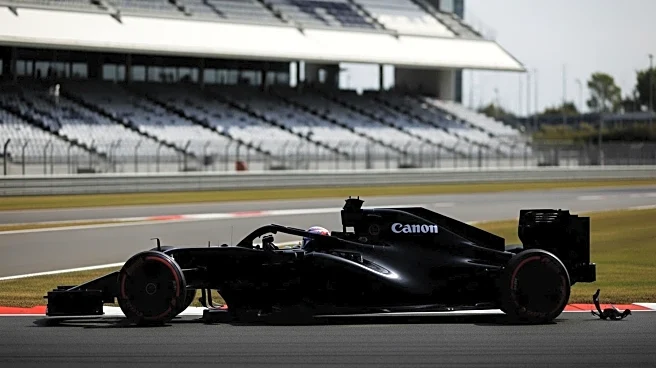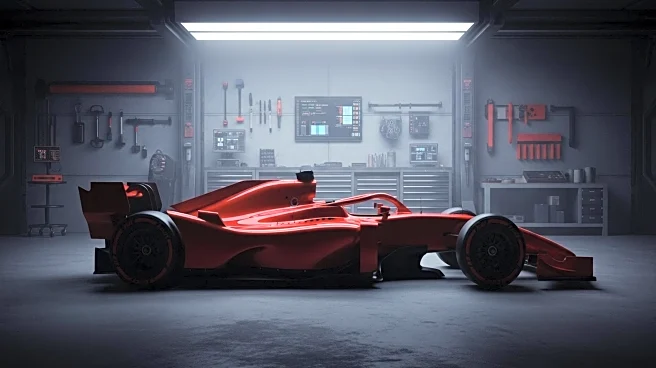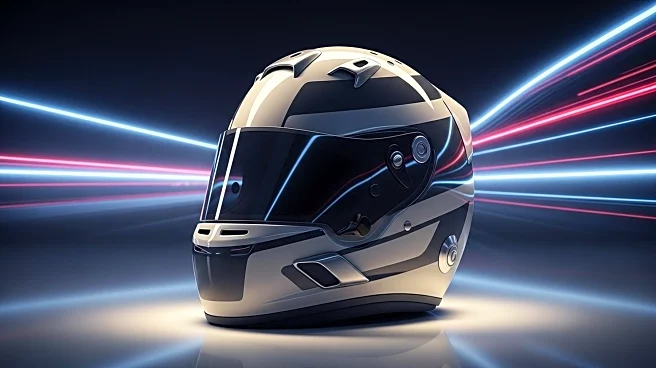What's Happening?
Romain Grosjean is set to drive a Formula 1 car for the first time since his dramatic crash at the 2020 Bahrain Grand Prix. The French driver, who escaped with minor burns after his Haas car burst into flames, will participate in a special test with his former team, Haas, at Italy's Mugello circuit. Grosjean's return is facilitated by the TPC rule, which allows teams to run cars from previous seasons under specific conditions. Grosjean expressed excitement about reuniting with his former race engineer, Ayao Komatsu, now Haas team principal, who will revert to his previous role for the test. Grosjean's children designed a helmet for what was meant to be his final race in 2020, which he will now use during this test.
Why It's Important?
Grosjean's return to a Formula 1 car is significant as it marks a poignant moment in his career, allowing him closure after the abrupt end to his F1 journey due to the crash. This event highlights the resilience and passion of drivers who face life-threatening situations yet remain committed to the sport. For Haas, it is an opportunity to honor a key figure in their history, reinforcing the team's legacy and connection with past drivers. The test also showcases the flexibility of the TPC rule, which provides opportunities for non-current drivers to experience F1 cars, potentially influencing future regulations and team strategies.
What's Next?
Following Grosjean's test, Haas will also provide James Hinchcliffe, a six-time IndyCar winner, his first experience driving a Formula 1 car. This could open doors for more cross-series collaborations and tests, enhancing the appeal of Formula 1 to drivers from other racing disciplines. The outcome of Grosjean's test may influence Haas's future engagements with former drivers and their approach to utilizing the TPC rule for promotional and developmental purposes.
Beyond the Headlines
Grosjean's return to Formula 1 highlights the emotional and psychological aspects of racing, where drivers confront past traumas and seek redemption. It underscores the importance of safety advancements in motorsport, as Grosjean's survival from the crash was due to improved safety measures. This event may inspire discussions on further enhancing driver safety and support systems within the sport.

